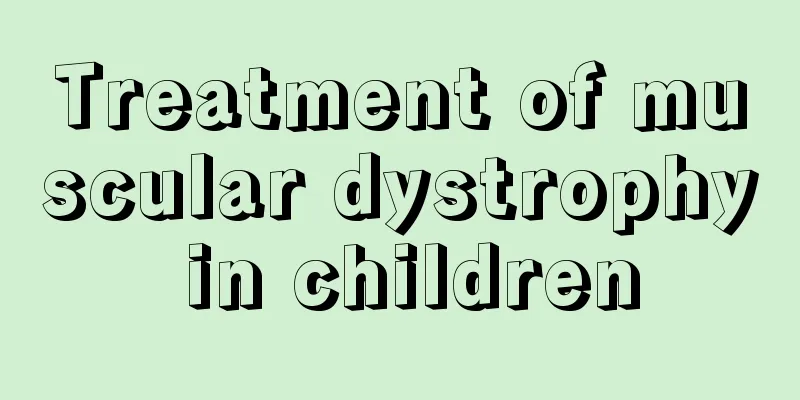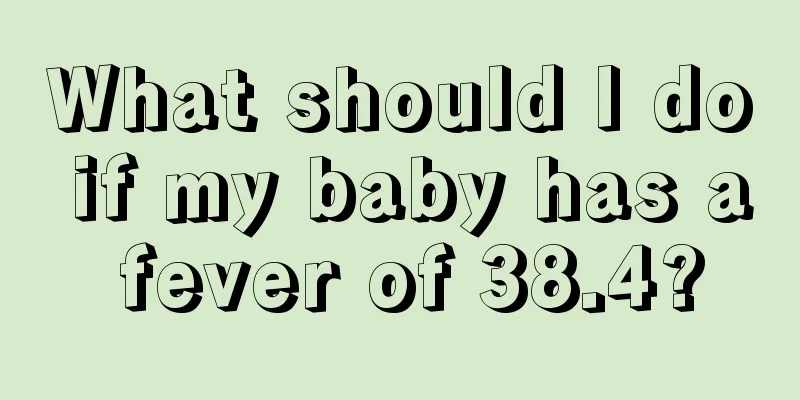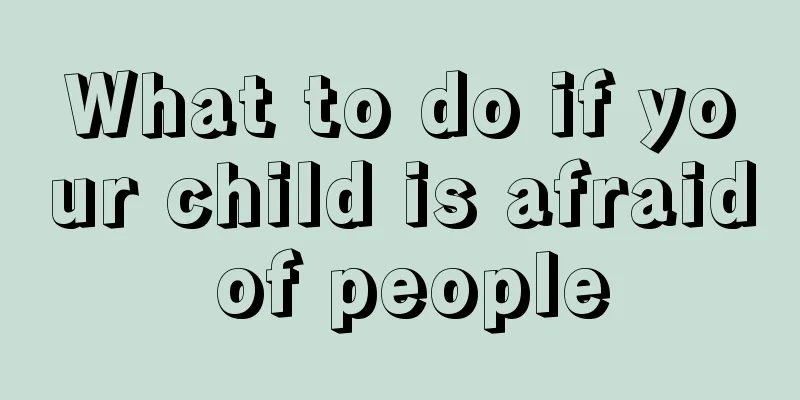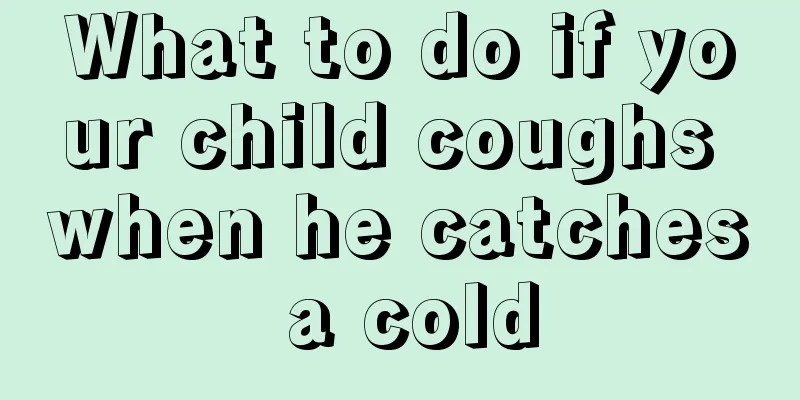Can babies with urticaria take a bath?

|
Bathing is an activity that everyone does. It is a part of our lifestyle, and taking a bath regularly can bring many benefits to our body. Not taking a bath will only cause harm, such as making the body dirty and smelling bad. Sometimes we cannot take a bath after some diseases occur. So can babies with urticaria take a bath? Children with urticaria can take a bath. Taking a bath can remove sweat, dirt and oil, eliminate fatigue, relax muscles and promote blood circulation, improve sleep, enhance the skin's metabolism and disease resistance, and through soaking in warm water, it can treat certain diseases. You should not take too many hot baths, because too many times will wash away the oil normally secreted by the skin surface and the protective bacteria that normally parasitize on the skin surface, which can easily cause skin itching and other symptoms. The skin's resistance will also be weakened, making it more prone to disease. There are many things that patients with urticaria need to pay attention to when taking a bath. The first thing to do is to pay attention to the temperature of the water. It is best to use warm water when taking a bath, and the temperature is about 37 to 42 degrees Celsius. Too hot water will aggravate skin itching and also cause the blood temperature to rise, causing the skin to release more allergens, thereby aggravating the condition and making it difficult to recover. The second is to avoid using irritating shower gels, as this will irritate the surface of the skin, causing the wound to fester, and in severe cases, cause complications. It is recommended to use some mild soap instead of shower gel. Third, you should not rub your skin hard when taking a bath, as this can easily break the affected area, which may leave scars. In severe cases, it may even cause wound infection. The correct way to do it is to gently wipe it with a wet towel. If conditions permit, you can take a bath in mugwort leaves, which plays a certain role in promoting the recovery of urticaria. Acute urticaria in children develops very suddenly, and the skin may become abnormally itchy within an instant. Along with the itching and scratching, red or pale wheals of varying sizes and shapes quickly appear. Positive dermatographism (scratching the child's normal skin with a needle may cause red bumps consistent with the scratches). There are usually a large number of rashes, some are ring-shaped, and some may merge into large patches. They usually disappear quickly within a few minutes to a few hours, leaving no trace. Hives can occur anywhere on the body. This disease is very easy to relapse, appearing and disappearing from time to time. |
<<: What to do if your child has urticaria
>>: What are the symptoms of brain retardation in children?
Recommend
There is a small pit on the child's chest
We all know that the healthy growth of children i...
What is the cause of dry stool in children?
We all know about adult constipation, but we don’...
Why does my 3-year-old baby have leg pain?
The baby’s health is the focus of every family’s ...
What are the foods that can replenish blood for babies?
Children's blood supplement Many parents and ...
What is the normal height for a nine-year-old?
The child's body is something that parents pa...
What are the dangers of squeezing out BCG suppuration?
BCG vaccination is something every parent needs t...
How to regulate children's internal heat
Internal heat is a problem that many children hav...
How to deal with herpes in children's throat?
When it comes to throat herpes, everyone may have...
Why does my baby have hot hands and feet but a cold neck when sleeping?
When there is a baby in the family, the whole fam...
What is the reason for the child's stomach ache?
Stomach pain is a problem that many children may ...
What to do if your baby has a fever and convulsions
It is very common for babies to have fever, but w...
What causes strawberry tongue in children?
Many people don’t know what strawberry tongue mea...
What should I do if my child has angular cheilitis?
Because the sebum secretion of the lips is weaker...
Lymph nodes behind the ears
Nowadays, many parents are more concerned about t...
How to better treat bronchial asthma in children?
If a child suffers from pediatric bronchial asthm...









